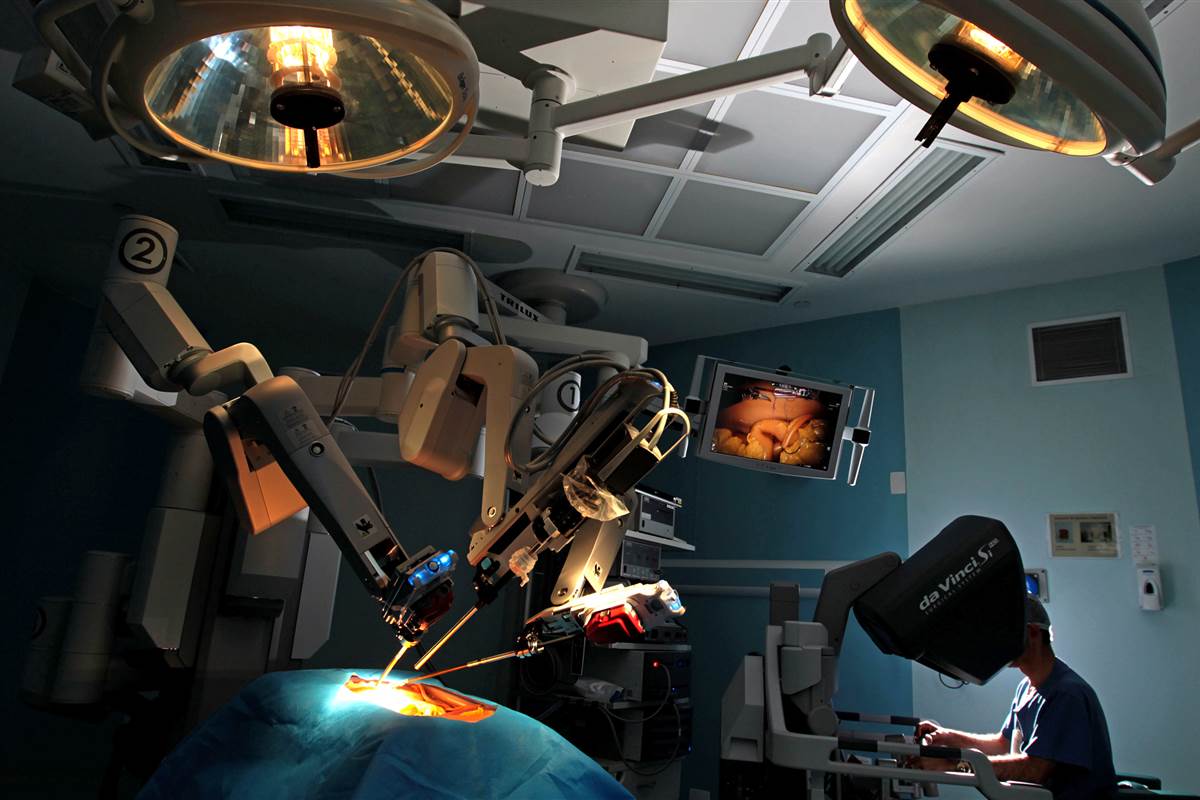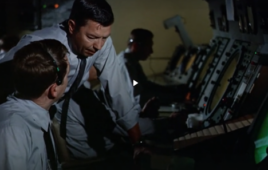Intuitive Surgical, Inc. (ISI) believed the legal saga was over. In 2014, the manufacturer prevailed in a court case brought by a patient who suffered through a slew of medical complications following prostate surgery performed with the da Vinci robotic system.
Last week, the Washington Supreme Court vacated the lower court’s decision and ordered a new trial, asserting that the jury was given inadequate instructions. Jurors should have been told that Intuitive Surgical has an obligation to warn the hospital about risks inherent to the da Vinci device.
Citing legal obligations under the Washington Product Liability Act (WPLA), the upper court maintains there is a significant burden on the device manufacturer.
“Although the duty is not explicitly stated in the text of the statute, the WPLA requires that warnings be provided with products,” Justice Susan Owens wrote in the majority opinion. “Since warnings must be provided ‘with’ products, manufacturers like lSI have a duty to provide warnings to the purchaser of the product — in this case, Harrison Medical Center.”
The surgeon, Scott Bildstein, DO, had received instructions on use of the da Vinci, but the Washington Supreme Court didn’t buy arguments that the training satisfied the “learned intermediary doctrine,” which allows that any legal obligation to provide warnings to patients transfers from the manufacturer to the physician following adequate education.
“We reject this reasoning because the WPLA imposes a separate and distinct duty for the manufacturer to provide warnings to the purchaser of the product,” Owens wrote. “Hospitals cannot meet their own duty to patients without knowing the risks of the dangerous medical products they own.”

In this file photo, physicians conduct training with the Da Vinci Surgical Robot SiHD, in Sao Paulo, southeastern Brazil, on February 19, 2014. (Agencia Estado via AP Images)
Fred Taylor, the patient in the case, had his prostate removed in a procedure using the da Vinci in 2008. In the original trial, Intuitive Surgical’s lawyers argued that Taylor was a questionable candidate for surgery with the da Vinci because of his weight (Taylor stood 5 feet 11 inches tall and weighed 280 pounds), and that Bildstein was instructed to opt for simpler cases with healthier patients for his first few procedures using the device. Taylor was on the table for Bildstein’s first prostatectomy using the da Vinci.
After seven hours of surgery with the da Vinci, Bildstein and the surgical team defaulted to more traditional methods, in part because of the urgent need to repair a rectal laceration.
Taylor died in 2012, at the age of 67, but his widow has soldiered on with the suit.
Rick Friedman, the lawyer representing the Taylors, told the Associated Press that manufacturers’ passive instructions aren’t enough.
“The real dangers that they needed to warn about are not contained in the manual,” he said.
In the original case, the plaintiff asked for $8.45 million in damages from Intuitive Surgical. Both Bildstein and Harrison Medical Center had previously settled out of court.
Filed Under: Industry regulations




